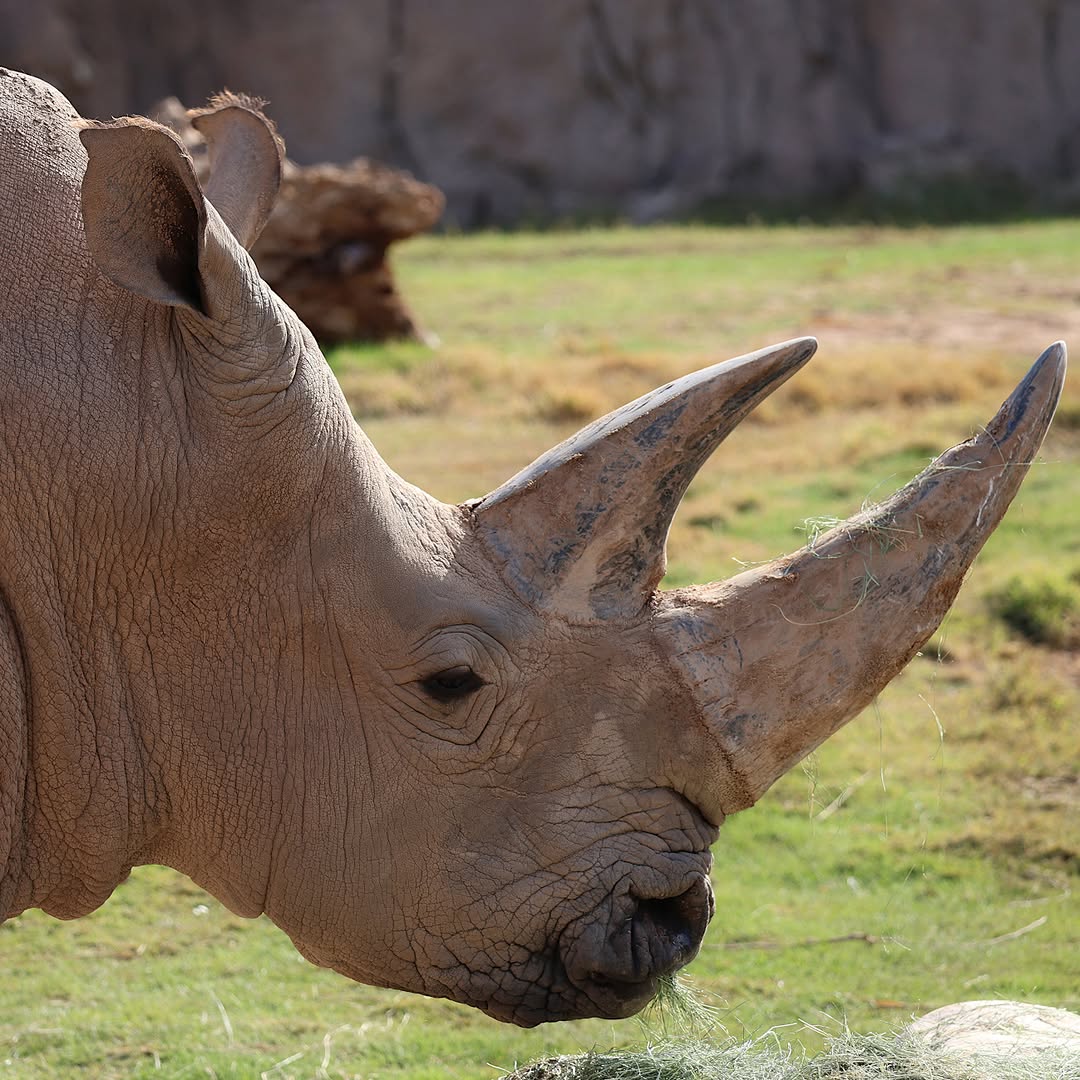- The Art of Capturing Animal Portraits in Zoos
- Brenda Baggett’s Contribution to Zoo Photography
- The Role of Zoos in Wildlife Conservation
- Promoting Public Engagement through Social Media and Photography
- Understanding Zoo Management and Animal Welfare
When someone thinks about visiting a zoo, what often comes to mind is the anticipation of witnessing magnificent creatures up close. Capturing these moments is an art, vividly exemplified by Brenda Baggett’s extraordinary portraits taken during her visit to a zoo and shared on Facebook. Her images are not only a testament to her skill but also a powerful reminder of the crucial role zoos play in the world of wildlife conservation, public engagement, and education. As we explore these themes, it becomes apparent how interconnected they are, weaving a narrative of awareness and the ongoing efforts to preserve Earth’s biodiversity.
The Art of Capturing Animal Portraits in Zoos
Zoo photography is more than just pointing a camera and clicking. It demands patience, understanding of animal behavior, and a keen eye for detail. The lighting, timing, and perspective must all align to capture the true essence of an animal. Each image has the power to tell a story of a species, its habitat, and its personality. Photographers like Brenda Baggett use their lens to offer a glimpse into the lives of these magnificent creatures, capturing not only their beauty but also their raw emotions. Through this art, viewers can develop a connection with animals that they might never see in the wild. Animal portraits taken in a zoo setting serve as an accessible gateway for people to appreciate and understand wildlife, ultimately supporting conservation efforts.
Brenda Baggett’s Contribution to Zoo Photography
Brenda Baggett’s portraits offer a unique perspective on zoo animals, emphasizing their character and charisma. Utilizing social media platforms like Facebook, Brenda shares her exceptional work with a wide audience, thereby extending the reach of wildlife appreciation and conservation messaging. Her images highlight the intricacies of animal expressions and behaviors that are often overlooked. Moreover, these portraits contribute to a broader movement of citizen photography, where guests play a role in raising awareness and encouraging conservation action. This participation is invaluable, creating a collaborative network of individuals intrigued by wildlife. Brenda’s work stands out as a compelling source of inspiration, prompting both budding and experienced photographers to engage with environmental themes.
The Role of Zoos in Wildlife Conservation
Modern zoos have transcended their initial roles as mere exhibition spaces. Today, they function as pivotal partners in wildlife conservation. Zoos are intricately involved in breeding programs for endangered species, providing a safe haven for animals struggling in the wild due to habitat loss, poaching, or climate change. These institutions contribute significantly to conservation research, offering insights into animal behaviors, genetics, and health. By studying animals in zoos, scientists can apply their findings to support wildlife populations globally. Moreover, zoos participate in reintroduction programs, where animals bred in captivity are released into their natural habitats, aiding in species recovery. Through education initiatives and partnerships with conservation organizations, zoos work tirelessly to preserve biodiversity.
Promoting Public Engagement through Social Media and Photography
The advent of social media has transformed how zoos connect with the public. Platforms like Facebook, Instagram, and Twitter are essential tools for showcasing animal stories, conservation efforts, and visitor experiences. Photography plays a critical role in this digital narrative, captivating audiences and inspiring conservation dialogue. Brenda Baggett’s use of social media to share her zoo portraits is emblematic of this shift. Her work highlights how guest contributions can enhance the zoo experience and foster a sense of community among wildlife enthusiasts. Social media campaigns often encourage visitors to share their photos, thereby expanding the reach of the zoo’s message. This engagement is vital in fostering a connection between people and wildlife, emphasizing the shared responsibility of caring for our planet.
Understanding Zoo Management and Animal Welfare
Zoo management involves a complex balance of ensuring animal welfare, conservation efforts, and visitor education. The primary concern for any modern zoo is the humane treatment of its inhabitants. This means providing environments that mimic natural habitats as closely as possible, both in terms of physical space and social structures. Animal health and enrichment are crucial, with dedicated teams working to promote physical and psychological well-being. Ethical considerations underpin every aspect of zoo operation, from the design of enclosures to the choice of species housed. Beyond welfare, zoos also serve as education hubs, where visitors can learn about ecological issues and species conservation. Through strategic management, zoos strive to remain relevant and impactful in the global effort to preserve biodiversity.
*****
Source Description
3, 2, 1, cheese! 📸These great portraits were taken by Zoo Guest Brenda Baggett on Facebook for this Share photos from your recent visit to the Zoo, and you could be featured next.


